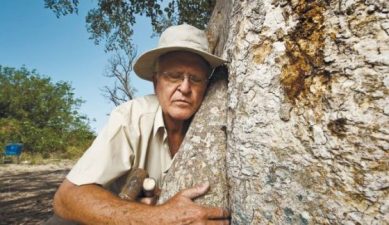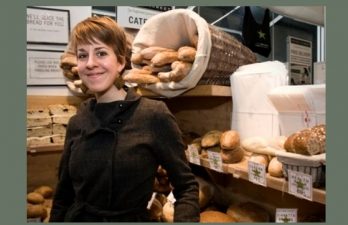 The cedar tree, Lebanon’s national symbol , has been for centuries overused by various civilizations. Reforestation might not bring them back from the brink.
The cedar tree, Lebanon’s national symbol , has been for centuries overused by various civilizations. Reforestation might not bring them back from the brink.
The Cedar of Lebanon, Cedrus Libani, is an evergreen coniferous plant native to Lebanon, Syria and southern Turkey. Cedar forests once covered the entire Mount Lebanon chain but the cedar,an emblem of Lebanese patriotism, now represents only 2,000 hectares (0.4% of original estimated forest cover).
The history of Lebanon’s cedar tree decline is long. The superb quality of the cedar wood in terms of color, hardness, fragrance, resistance to insects humidity and temperature has made it one of the most sought after raw materials, resulting in mass deforestation. The sheer significance of the cedar of Lebanon to various civilizations and religions can be illustrated through its uses.
The Egyptians used its resin in the mummification process and thus called it the “life of death”, furthermore cedar sawdust was found in the tombs of the Pharaohs because the aromatic hydrocarbons (phenols) that are given off by the sawdust repel fleas, moths and poison rats.
Pharaohs and Pagans would burn the cedar coming from Lebanon in their ceremonies. According to Jews, priests were ordered by Moses to use the peel of the Lebanese Cedar in circumcision and treatment of leprosy. The Talmud suggests Jews used to burn Lebanese cedar wood on the mountain of olives announcing the beginning of the New Year (Rosh Hashannah coming up next week).
The Phoenicians built their trade ships and military fleets from cedar wood as well as the roofs of their temples, houses and doorsills. Kings of neighboring and distant countries used this hardy wood to build their religious and civil constructions: the most famous of which are the temple of Jerusalem and David’s and Solomon’s palaces.
In recent years degradation has intensified and between 1990 and 1995 more than 30 percent of the Lebanese forests are estimated to have disappeared leading to fragmentation and loss of the integrity of forest ecosystems.
Deforestation aside, a relatively more uncontrollable phenomenon – climate change will reduce the remaining cedar populations by even more.
Cedars need a minimum amount of snow and rain for natural regeneration, in Lebanon they grow best at elevations of 1300 m to 2100 m, in deep soil on slopes facing the sea. The trees require a lot of light and about 40 inches (1000 mm) of rain a year.
But global warming has meant Lebanon’s cedars are being subjected to shorter winters and less snow, the Lebanese government estimates that snow cover could be cut by 40% by 2040 and maximum temperatures will rise by 1 degree celsius on the coast and 2 degree celsius inland. T
he cedars thus suddenly face harsher and more unsuitable climatic conditions with little time to adapt resulting in lower uptake rates for younger seedlings. A secondary problem is that, whereas previously subzero conditions and cold snowy winters contained the development of insects such as Cephalcia tannourinensis, now these insects have greater windows of opportunity to become more active and have faster development rates. This means there are more frequent outbreaks of insect related diseases which further weaken the cedar tree and makes them more susceptible to other diseases and insects which ultimately kill the tree.
Although there are plenty of reforestation projects, which have helped maintain the situation under control, Lebanon (as well as the rest of the world) need to endorse climate mitigation and adaptation practices in order to seriously tackle this issue.
Unfortunately it might already be too late, in the last ten years shorter ski seasons in Lebanon already indicate a changed climate pattern. It is perhaps time that the IUCN red list of threatened species recategorizes the Cedrus Libani from “lower risk/least concern” to “vulnerable”.
Image via Layal Boustany



